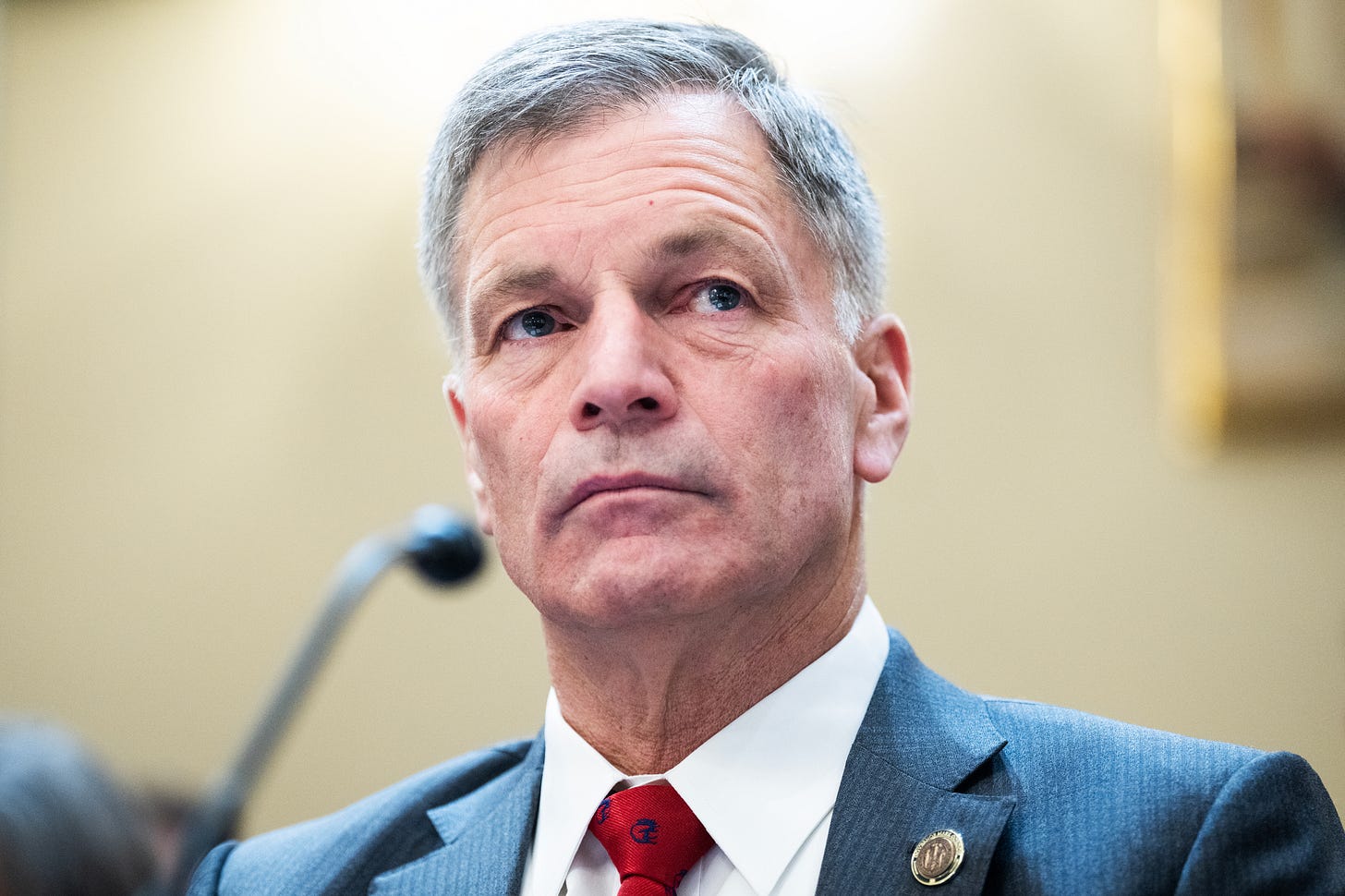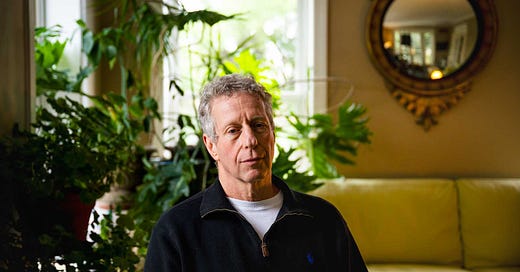
Governors in the West Seek Profitability for Industrial and Natural Carbon Removal Projects
The Western Governors’ Association decarbonization report, led by Wyoming’s Mark Gordon, pushes industrial carbon capture and natural CO2 sequestration
Governors in the West Seek Profitability for Industrial and Natural Carbon Removal Projects
The Western Governors’ Association decarbonization report, led by Wyoming’s Mark Gordon, pushes industrial carbon capture and natural CO2 sequestration, but says little about reducing the fossil fuels emitting the greenhouse gases.
By Jake Bolster
July 3, 2024

Should the West become a proving ground for fledging carbon capture technology, or bolster conservation and land management projects that naturally sequester carbon emissions?
“Both” was the conclusion several Western states reached last month when Wyoming Governor Mark Gordon released a “Decarbonizing the West” report, intended to foster bipartisan support for ways western states can shrink their carbon footprints. The report focused mainly on how western states can help pioneer industrial and natural methods of removing carbon from emissions and the atmosphere. But it made few mentions of how the region could ramp up its transition to renewable energy to reduce the carbon-loaded emissions warming the atmosphere.
The report was released by the Western Governors’ Association, which Gordon currently chairs, a position that rotates through 18 other governors from states west of Louisiana and territorial governors from American Samoa, the Northern Mariana Islands and Guam. Gordon chose decarbonization for the focus of his report because “he is an all-of-the-above energy policy leader, focused on the necessity of ensuring hungry power grids continue to be fed—for the good of his home state and the nation,” his office said in a prepared statement.
Decarbonizing the West proposed two pathways western states could pursue to lower their carbon footprint, one using technologies, some of which are still being developed, and the other using nature. The high-tech approaches include carbon capture, utilization and storage, a nascent industry that hopes to one day pull millions of tons of the planet-warming carbon dioxide out of the atmosphere, as well as technologies already being implemented to capture carbon from smokestack emissions. The natural methods would use conservation, rewilding and even resource extraction projects to help nature absorb and sequester more CO2.
Explore the latest news about what’s at stake for the climate during this election season.
These decarbonization tactics are being developed with varying degrees of urgency in Wyoming, which has poured hundreds of millions of taxpayer dollars into ambitious, unproven carbon capture technology while spurning clean energy funding. And, despite its commitment to use nature to draw down atmospheric carbon, Wyoming has strenuously objected to new federal guidelines that would elevate conservation to the same status as industrial development in public land management decision making.
Fossil fuels and their accompanying emissions, which are largely responsible for the increasing atmospheric carbon driving climate change, were not under much scrutiny in the report. Instead, Gordon used the document to shift focus away from “curtailing the use of fossil fuels” across the West towards strategies and policies Western states could adopt to commodify emissions sequestration efforts.
“We should be decarbonizing by using all the technologies at our disposal to emit less carbon in the first place,” said Rachael Hamby, a policy director for the Center For Western Priorities in response to the report’s lack of plans to reduce fossil fuels emissions. Hamby, however, applauded Gordon and the rest of the Western Governors’ Association for tackling a politically and technologically fraught topi…

















Idiotic solution to a non-existent problem.
Political ignorance is never pretty.